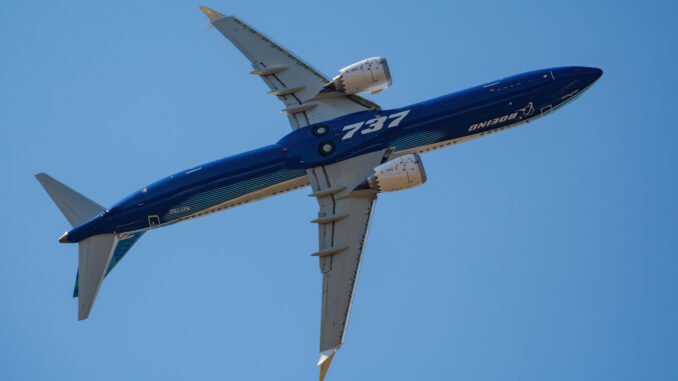
A simple guide to understanding flight and how aircraft fly
Aeroplanes have become an essential part of modern transportation, connecting people and places around the world. These fascinating machines are the result of years of research, development, and engineering, and they are designed to fly high in the sky for extended periods.
The principles behind how aeroplanes work are based on a combination of aerodynamics, physics, and engineering. In this article, we’ll take a closer look at the various components of an aeroplane and how they work together to make flight possible.

The Basics of Flight
Before diving into the details of how aeroplanes work, it’s essential to understand the fundamental principles of flight. There are four forces that affect an aeroplane’s ability to fly: lift, weight, thrust, and drag.
Lift is the force that opposes the weight of an aeroplane and keeps it in the air. It is generated by the wings of the aeroplane, which are designed to produce lift as air flows over them.
Weight is the force of gravity acting on the aeroplane. To stay in the air, the lift must be greater than the weight of the aircraft.
Thrust is the force that propels the aeroplane forward. It is typically generated by a jet engine, which pulls in air, compresses it, mixes it with fuel, and ignites it, creating a high-speed stream of exhaust that provides the necessary thrust.
Drag is the force that resists motion and is created by the friction between the aeroplane and the air it’s moving through. This force is counteracted by the thrust generated by the engine.
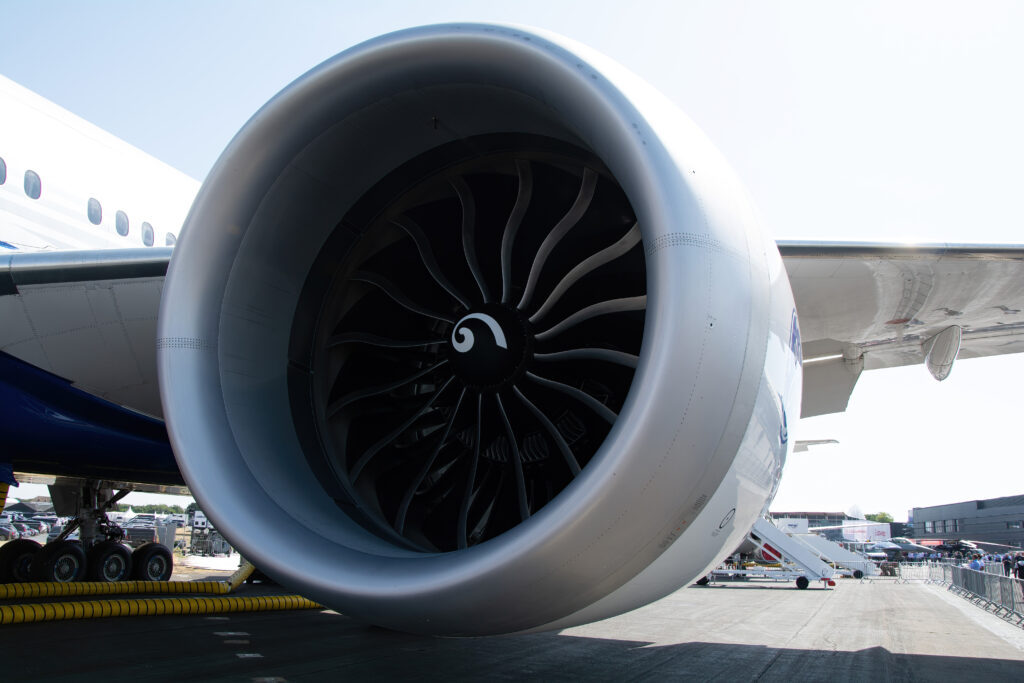
The Components of an Airplane
An aeroplane is composed of various components that work together to make flight possible. The following are the primary components of an aeroplane:
- Wings: The wings are the most critical part of an aeroplane, as they generate lift that allows the aircraft to stay in the air. Wings are designed with a curved upper surface and a flat or slightly curved lower surface, which creates a pressure differential that generates lift.
- Fuselage: The fuselage is the main body of the aeroplane, where passengers, cargo, and crew are seated. It is designed to be streamlined to reduce drag and improve the aeroplane’s overall aerodynamics.
- Tail: The tail of the aeroplane consists of the horizontal stabilizer and the vertical fin. The horizontal stabilizer helps control the pitch of the aircraft, while the vertical fin controls its yaw.
- Cockpit: The cockpit is where the pilot and co-pilot sit and control the aeroplane. It contains various instruments, including the control yoke, throttle, and pedals.
- Engines: The engines are responsible for generating the thrust needed to move the aeroplane forward. Modern commercial aircraft typically have two or four jet engines, which are mounted on the wings or on the fuselage.
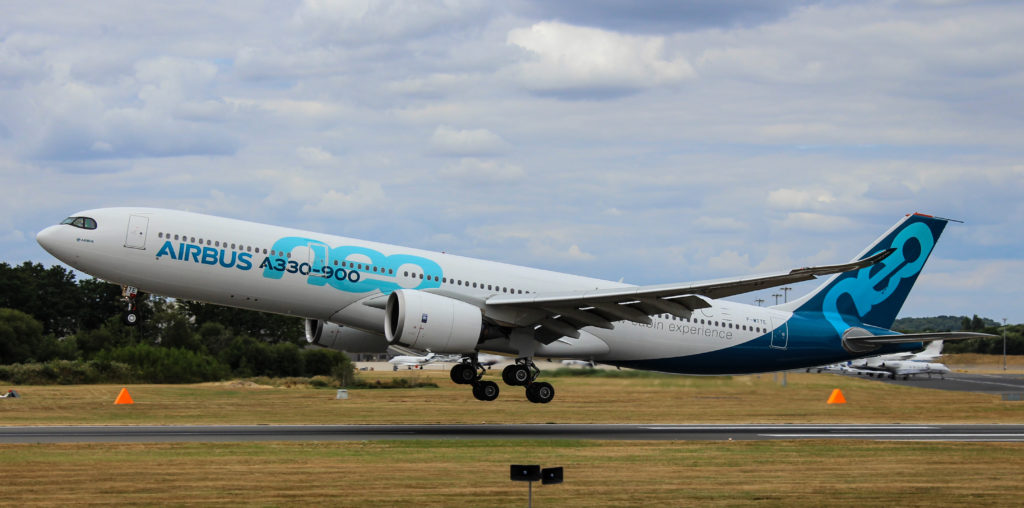
How Aircraft Take Off
The takeoff phase of flight is one of the most critical moments in an aeroplane’s journey. During takeoff, the aeroplane must accelerate down the runway and generate enough lift to become airborne. The following are the steps involved in taking off:
- The pilot taxis the aeroplane to the runway and lines it up in the correct direction.
- The pilot increases the throttle, and the engines begin to generate thrust.
- As the aeroplane accelerates down the runway, the wings start to generate lift.
- Once the lift generated by the wings exceeds the weight of the aircraft, the aeroplane becomes airborne.
- The pilot continues to climb, adjusting the pitch of the aircraft to maintain a stable ascent.
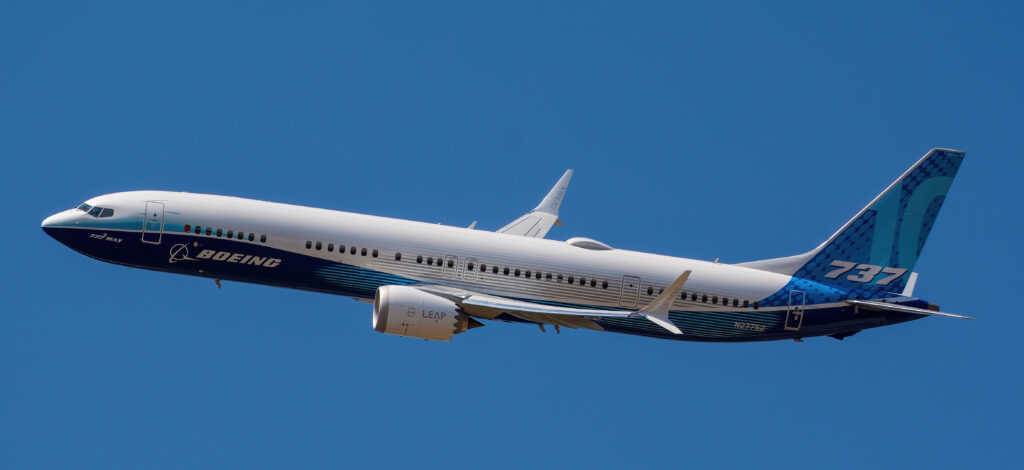
How Airplanes Fly
Once an aeroplane is airborne, the pilot must maintain a stable flight to ensure a safe and comfortable journey for the passengers. The following are the steps involved in flying an aeroplane:
- The pilot maintains the aeroplane’s speed and altitude by adjusting the engine thrust and the pitch of the aircraft.
- The pilot uses the control yoke to bank the aeroplane left or right, which changes the direction of flight.
- The pilot uses the rudder pedals to control the aeroplane’s yaw, which is its movement around the vertical axis.
- The pilot also uses the ailerons, which are small hinged sections on the wings, to roll the aeroplane and control its banking.
- The pilot monitors the aeroplane’s instruments to ensure that it is flying at the correct speed, altitude, and heading.
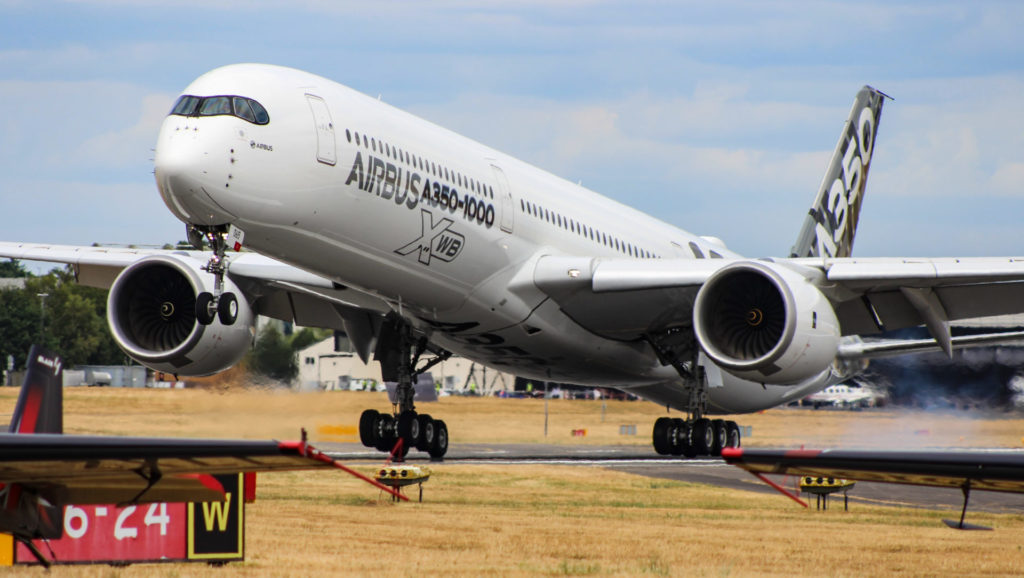
How Airplanes Land
The landing phase of flight is another critical moment in an aeroplane’s journey. During landing, the pilot must bring the aeroplane safely back to the ground. The following are the steps involved in landing:
- The pilot begins the descent by reducing the engine thrust and adjusting the pitch of the aircraft.
- The pilot lines up the aeroplane with the runway and adjusts the flaps and landing gear to slow down the aeroplane and prepare for landing.
- As the aeroplane approaches the runway, the pilot reduces the speed and adjusts the pitch to maintain a steady descent.
- When the aeroplane is a few feet above the runway, the pilot reduces the engine thrust to idle and flares the aeroplane to reduce its descent rate.
- Once the aeroplane touches down, the pilot applies the brakes and deploys the spoilers to slow down the aeroplane.
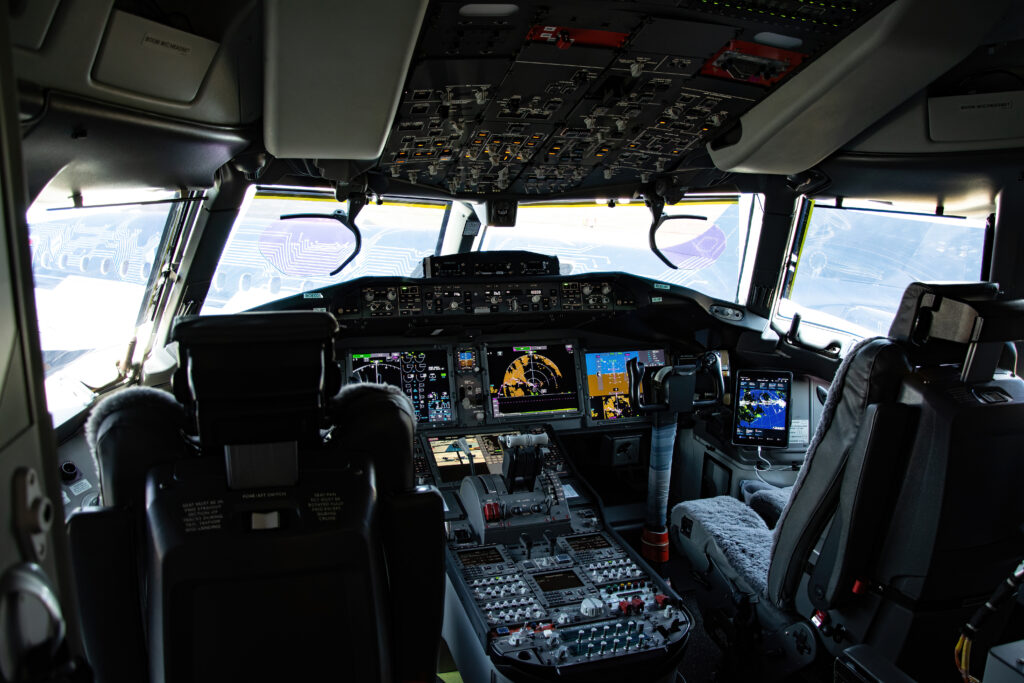
Summary
Aeroplanes are remarkable machines that have revolutionized the way we travel and connect with the world. The principles behind how aeroplanes work are based on a combination of aerodynamics, physics, and engineering, and they are a testament to human ingenuity and innovation. From the wings to the engines, every component of an aeroplane plays a crucial role in making flight possible. Understanding how aeroplanes work can give us a new appreciation for these incredible machines and the people who design, build, and fly them.

Be the first to comment